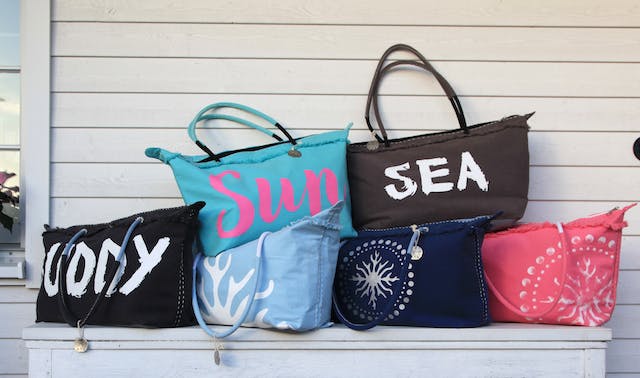What is a bug-out bag?
If you don’t know yet what a bug-out bag is, then it’s time that you should be better informed about it in case you are preparing for possible disasters.
A bug-out bag is a portable kit containing the essentials that you may need to survive when you had to evacuate from the disaster area. Remember though, that a bug-out bag is not meant for long-term survival, but for evacuation survival in seventy-two hours. That is why a bug-out bag is sometimes called a “72-hour kit.”
Wonder why a bug-out bag should keep you up to only 72 hours? A reason from several disaster relief organizations explains that it may take them up to about 72 hours before they finally reach to the disaster survivors and provide them with more long-term and substantial help.
Disaster Preparedness: Be prepared with the Bug Out Bag
Things to keep in your bug-out bag
Water and hydration
- Drinking water (about 3 liters)
- Water for washing and cooking
- Collpasible water bottle (foldable and reusable water bottles)
- Hard water bottle
- Metal or canteen water bottle
- Water filter / water filtration systems
- Water purification supplies such as purification tablets
Food and food preparation equipment
The first thing that you should be reminded: your food should be enough to last for at least three days. Another thing to remember: bring metal cookware instead of plastic. As metal is a better conductor to heat, metal cookware is also durable.
- Protein Bar
- Meal, Ready-to-Eat (MRE) and dehydrated meals
- Can opener
- Spork
- Metal cooking pot
- Metal cup
- Scrubber and other dishwashing materials
- Portable stove
- Stove fuel
Clothing
Clothing is of course a personalized matter, depending on the size, our body type, level of fitness and comfort. Despite that, you should bring clothing that is appropriate to the weather in your location
- Ponchos
- Lightweight long sleeve shirt
- Underwear
- Convertible pants
- Socks
- Medium weight fleece
- Gloves (for working and/or for warmth)
- Headwear
Shelter and bedding
- Tent
- Tarp
- Sleeping bag
- Blankets (especially made of wool)
- Ground pad
Heat source/Fire-starting tools
- Matches
- Lighters
- Ferrocerium rod
- Tinder
- Ignition source
- 9-volt batteries
- Waterproof storage of such items
First aid
- First aid kit
- Insect repellant
- Survival blankets
Hygiene
- Wet napkins
- Hand sanitizer
- Napkins and pantyliners (for women)
- Feminine wash
- All-purpose camp soap
- Hygiene and signal mirror
- Towelette
- Toilet paper
Tools and communications
- Swiss army knife
- Survival knife
- Folding knife
- Machete
- Compass
- Multi-tool
- Duct tape or rope or paracord
- Wire for binding and for trapping animals
- Lighting (crank-operated or battery flashlight, or glowing sticks)
- Crank-powered charger
- Cellphone
- Radio (run by batteries or a crank-operated one)
- Emergency radio
- Fishing tools
Hunting and self-defense equipment
- Firearms
- Pellet guns
- Slingshot
- Blowgun
- Pepper spray
- Handgun
- Other kinds of ammunition
Miscellaneous
- Maps and travel information
- Enough medicine to last for three days
- Special care needs and items for children, pets, the elderly and the disabled
- Birth certificate
- Passport
- Cash and change
- Positive identification (ID, driver’s license, social security ID card, etc.)
- Medical records and history
- A detailed disaster plan to help you locate the emergency centers, possible evacuation locations, etc.
- Small notepad and pencil
- Emergency whistle
- Binoculars
- Condoms (non-lubricated)
- Face paint
- Bandana

